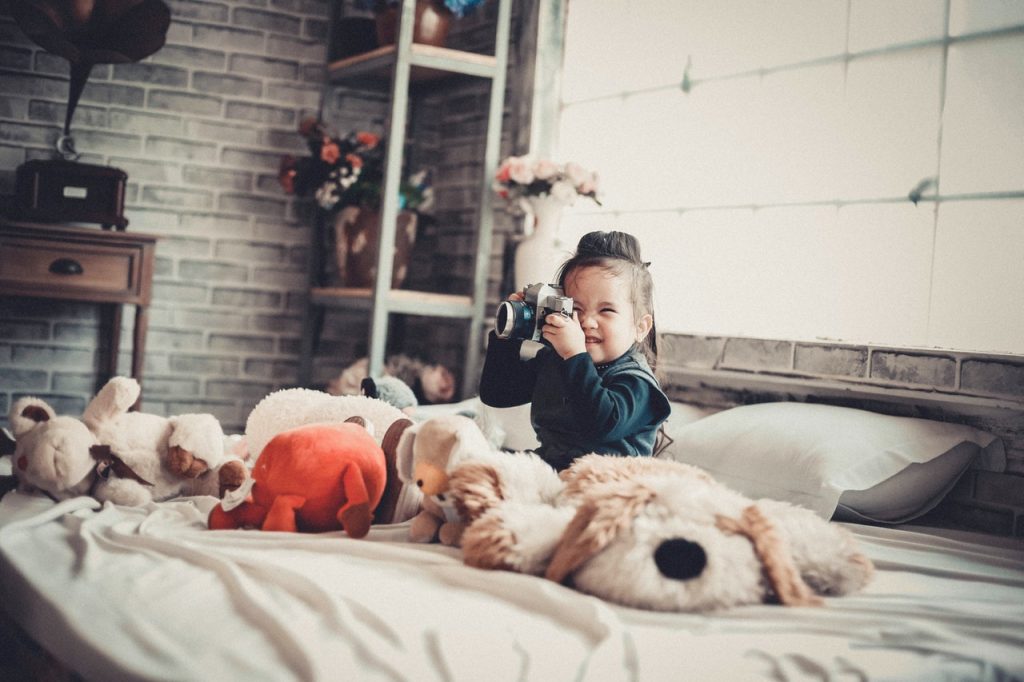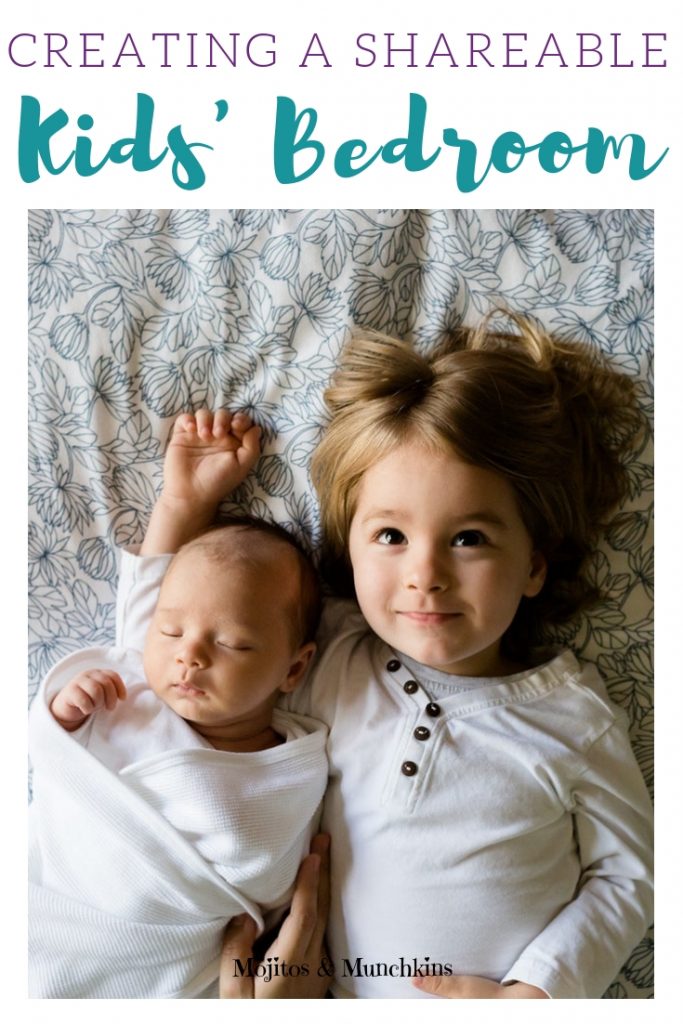While almost every kid in the world wishes to have a room of their own, the truth is that having a shared kids’ bedroom helps children bond more easily and create a deep emotional relationship. However, truth be told, if you have a toddler and a teenager, making them share a bedroom is probably not the best solution.

Who can share a bedroom?
It’s important to note that, while having siblings share a bedroom will teach them about compromise and harmonious coexisting faster, it’s not always a good idea. If the age gap between your children is not too great, having a shared bedroom is a wonderful idea. However, if the year gap is bigger, and especially if the children are of the opposite sexes, you should avoid making them share a room because it can hinder their own personal growth and development.

How to create a sharable bedroom?
Creating a sharable bedroom requires double the effort of creating a single kid’s room, so there are some aspects that will require special attention. Those aspects are:
Design
When choosing a design for a shared kids’ bedroom, the best thing you can do is involve your kids in the decision-making process. Depending on their age, it can be as simple as allowing them to choose which colors you should implement in the design, or as “serious” as allowing them to choose where their beds are going to be placed. Also, allow your children to display their individual personalities by letting them choose the artwork, hang bookshelves or posters of their favorite band.
Furniture
Furnishing a shared bedroom requires some precision. Of course, you’ll need two beds, two work desks and two desk chairs. However, when it comes to wardrobes and bedside tables, you can either go with a single, larger unit or two smaller ones. Placing a larger bedside table or even a dresser (with an even number of drawers to avoid fights) between the two beds can be a great way to provide both of your kids with their own personal spaces by creating a visual barrier between the two areas. Having two beds separated by a nightstand is a much better option than having bunk beds, as kids love fighting over who will sleep on the upper bed.
Lighting
Make sure that both of your kids are provided with the same amount of light, no matter where their beds and work desks are placed. So, an overhead lighting fixture is a must, but you should also implement task lighting solutions, as well as targeted lighting fixtures. However, since you’ll have to double the number of electrical outlets in this room, make sure you have a reliable emergency electrician on speed dial if something happens to go wrong.
Storage
Since children are generally very messy creatures, you need to make sure that you equip their room with enough storage solutions. This way, encouraging good habits, like tidiness, will be much easier if your kids know that there’s enough room for all of their toys, school stuff, clothes and books. Aside from closets and dressers, consider adding multipurpose furniture pieces like ottomans as well.
Functionality
Finally, aside from all of the aforementioned tips, you’ll need to make sure that the room you create is functional above all else. If there’s simply not enough room for two beds to be placed on the ground, go for bunk beds. If you can’t provide your kids with individual wardrobes, choose a shared one. The point is to use the space you have to the best of your abilities and avoid creating an overstuffed place.

Therefore, if you’re thinking of creating a shareable bedroom for your kids, keep these tips in mind, that will help you stay on the right track. And remember, if you don’t have enough room to design a pleasant, shared living area for your kids, you shouldn’t force it.


Bio: Cooper Klein is a cool dad in touch with his feminine side. He’s currently working from home as a blogger for Smooth Decorator and several online magazines. You can find him on Twitter.







